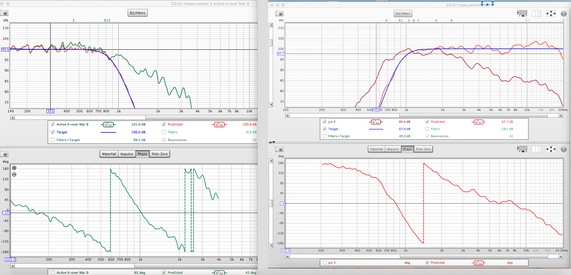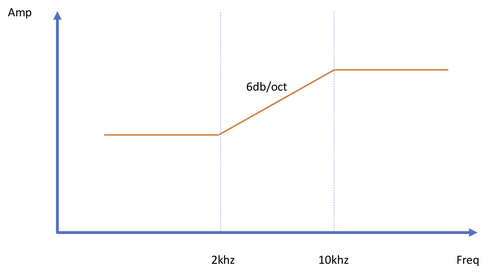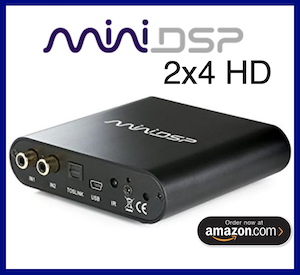grimrian
Registered
Thread Starter
- Joined
- Nov 28, 2018
- Posts
- 16
More
- Preamp, Processor or Receiver
- Pioneer VSA10xi
- Additional Amp
- Accuphase E202
- Universal / Blu-ray / CD Player
- Oppo205
- Front Speakers
- JBL build
- Center Channel Speaker
- Dynadio Audience
- Surround Speakers
- Fostex build
- Surround Back Speakers
- Dynaudio Audience
- Subwoofers
- 2x BK Electronics
- Other Speakers
- JBL 4430 build
- Screen
- Samsung Plasma
- Video Display Device
- Apple TV
- Remote Control
- Apple
Apologies, but I am still a bit new to this - Let us say one wants to design a crossover response with properties that include the natural roll-off of a driver in the enclosure (two way system)
We can use REW EQ to fit the unfiltered driver response to a target HP or LP filter (say 4th order LR) i.e. determine the filter cut-off frequency, Q, and filter order to have the combination of filter response and driver response match the desired LR4 frequency response.
But what about phase - it would be good to have the target phase response in the lower EQ window also.
We can use REW EQ to fit the unfiltered driver response to a target HP or LP filter (say 4th order LR) i.e. determine the filter cut-off frequency, Q, and filter order to have the combination of filter response and driver response match the desired LR4 frequency response.
But what about phase - it would be good to have the target phase response in the lower EQ window also.














